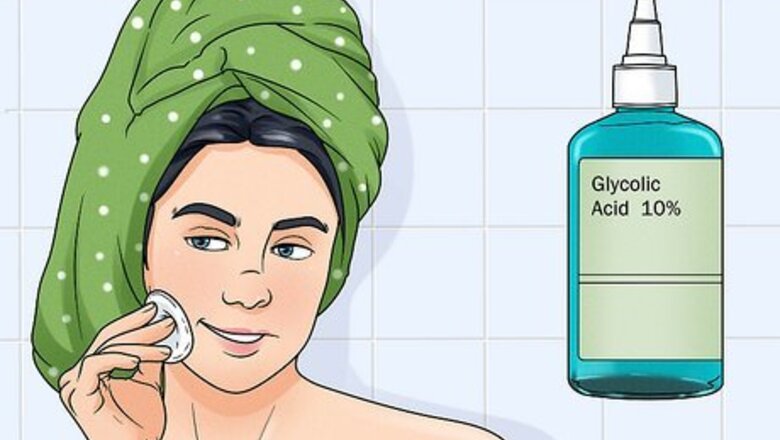
views
X
Research source
But is this ingredient actually safe to use every day? Here, we've gathered answers to some of your most common questions about including glycolic acid in your skincare routine.
Can I use glycolic acid as part of my daily skincare routine?
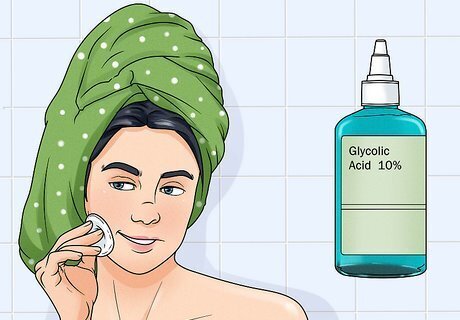
Yes, if you use commercial products with low concentrations. Commercial skincare products sold to the public can't have a concentration of more than 10% glycolic acid. Products that are designed to be a regular part of your skincare routine, such as cleansers and toners, generally have even lower concentrations of 5% or less. Expect your skin to tingle a little after you use glycolic acid. If it looks or feels like a sunburn, though, lay off the glycolic acid for a few days. When you go back to it, cut back to 2-3 days a week instead of every day and see if that helps. To avoid irritating your skin, go with the lowest concentration you can find that will get you the results you want. This might take a little trial and error to find the right product for you.
How can I make sure glycolic acid is safe for my skin?

Do a patch test on the back of your hand. When you get a new product, rub some into the skin on the back of your hand. Wait 24-48 hours to make sure, but if your hand still looks the same, you're fine! It's true that the skin on your face can be more sensitive, so doing a patch test doesn't guarantee you won't have any reaction. You might still see some redness or irritation, but that's normal. Definitely keep products with glycolic acid away from the skin around your eyes, which is the most delicate and sensitive skin on your face.
What skin conditions does glycolic acid treat?
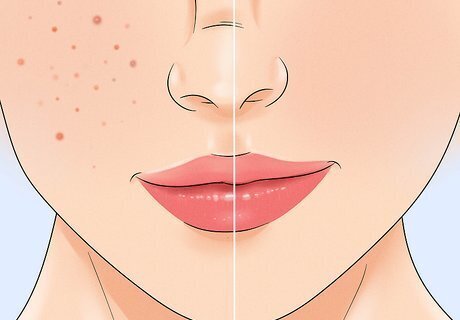
Glycolic acid is typically used to treat acne and signs of aging. Like other alpha hydroxy acids, glycolic acid exfoliates the skin to improve its overall appearance. With regular use, it can reduce the appearance of fine lines and evidence of sun damage. Higher-concentration peels can also stabilize oily skin and improve your overall skin tone. Peels with higher concentrations of glycolic acid are also used to lighten skin tone or skin discolorations and fade or remove scars.
How should I use glycolic acid products?
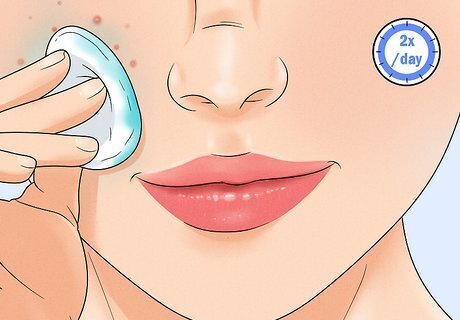
Start with a cleanser or toner at night. You don't want to use glycolic acid during the day until you know for sure how your skin will react to it. Use it maybe 3 nights a week to start—just wash your face as normal and follow up with a moisturizer. If your skin handles it fine, you can bump up to daily use. If you decide to add a glycolic acid product to your morning routine, make sure you follow up with sunscreen. Glycolic acid makes your skin extra sensitive and it's easy to get a sunburn, even if you're not outside for very long. Masks, serums, and other treatment products typically have a higher concentration of glycolic acid than cleansers and toners do. Save these for once or twice a week at most. Read the instructions on the package carefully, because some of them have specific recommendations.
Is it safe to use both glycolic acid and retinol products?
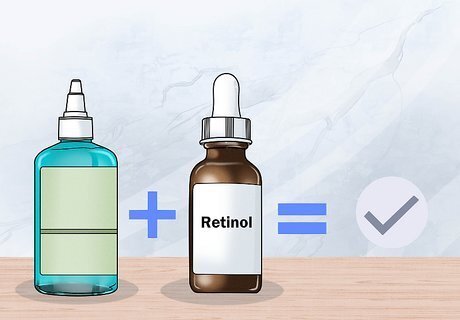
Yes, it's safe to combine them, but they might irritate your skin. It's a common misconception that you should never mix glycolic acid and retinol products. Because they're both exfoliants, they can actually complement each other if used in tandem. But the one-two punch of double-exfoliation might seriously irritate your skin. Using both at the same time also makes your skin even more sensitive to the sun's rays, so you can get sunburned pretty easily if you're not wearing sunscreen every time you go outside. Another thing to consider is the "skin purging" effect. Both retinol and glycolic acid products tend to cause breakouts when you first start using them as your skin releases impurities that were clogging your pores. These breakouts can be more intense if you're combining the two products. If your skin is already prone to irritation, it's probably a good idea to use these products separately rather than combining them.
Do I need to moisturize after using glycolic acid?
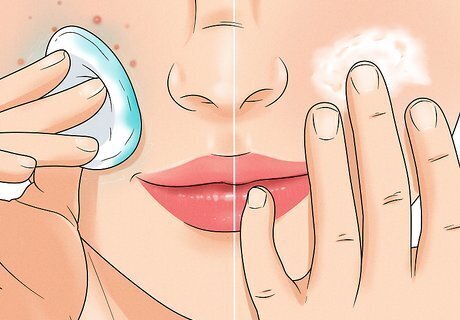
Yes, you should always apply a moisturizer after using glycolic acid. Glycolic acid is an exfoliant and can leave your skin a little raw. It can also cause the top layer of your skin to become dry and flaky if you don't follow up with a moisturizer. Moisturizer can also help cover and reduce the signs of peeling that are common after a high-concentration peel with glycolic acid. If you get a peel from a dermatologist, you'll usually peel for several days afterward.
Will glycolic acid make my skin more sensitive to the sun?

Yes, glycolic acid increases your risk of sunburn. For this reason, you should always apply sunscreen after your moisturizer (or use a moisturizer with built-in sunscreen) to protect your face. If you get a high-concentration peel, wear sunscreen and a hat to shield your face whenever you go outside.
Can I do a glycolic acid peel at home?
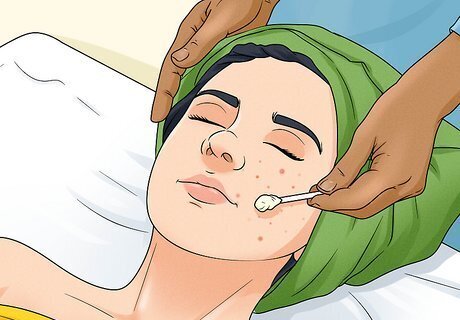
No, high-concentration peels can only be applied by a dermatologist. At least in the US, products sold directly to people to use at home can't have a concentration of more than 10% glycolic acid (or any other alpha hydroxy acid). Dermatologists have products with up to 70% concentration, but these can only be applied in-office. You might find products marketed as "peels," but they're little more than peel-off face masks and won't contain a concentration of more than 10% glycolic acid. These products aren't a substitute for an in-office peel applied by a dermatologist, so don't expect similar results.
How frequently can I get higher concentration peels?

Wait at least 2 weeks between peels to allow your skin to recover. Most dermatologists won't schedule glycolic acid peels more frequently than once every 2 weeks. This is really the minimum amount of time between peels—if you have a lot of sensitivity, you might want to schedule them further apart.
How long does it take glycolic acid to fade acne scars?
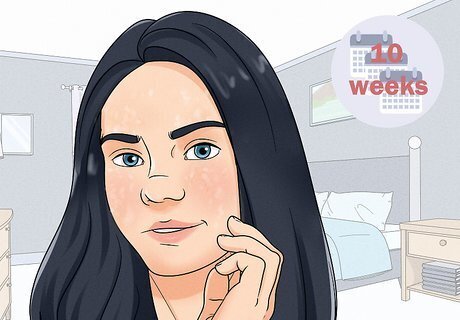
Expect it to take at least 10 weeks with high-concentration peels. Over-the-counter glycolic acid treatments aren't strong enough to effectively fade scars. But if you visit a dermatologist once every 2 weeks for a 70% glycolic acid peel, your scars should be less noticeable after 5 sessions. Generally, it takes 4-6 peels before you start to notice any changes at all. Be prepared for it to take longer depending on how dark your scars are and what results you want.
What happens if you use too much glycolic acid?
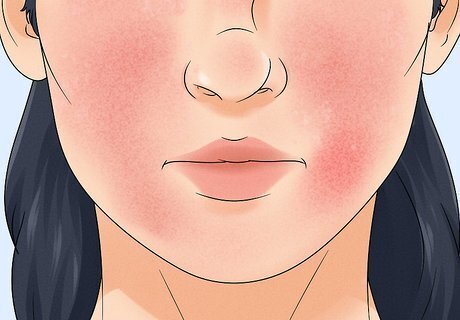
Your skin will become red and irritated if you overuse glycolic acid. This can also happen if you're using products with several different alpha hydroxy acids at once. Layering acids like that is way too much exfoliation for your skin. If you're using over-the-counter toners or cleansers with glycolic acid as an ingredient, you shouldn't have to worry about using too much. They have a really low concentration and don't stay on your skin for very long. If you get a peel from a dermatologist, your favorite toner or cleanser might end up being too much. Wait for your skin to heal after the peel before you go back to glycolic acid products.
Can I use glycolic acid if I'm pregnant or breastfeeding?
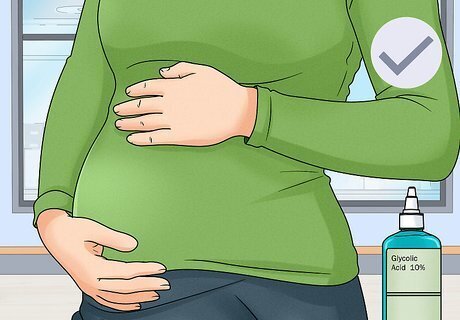
Yes, glycolic acid is generally considered safe to use during pregnancy. There haven't been any scientific studies evaluating the use of glycolic acid during human pregnancy. However, when applied to the skin, very little is absorbed into your system, so it isn't any real cause for concern. The same is true for breastfeeding.



















Comments
0 comment